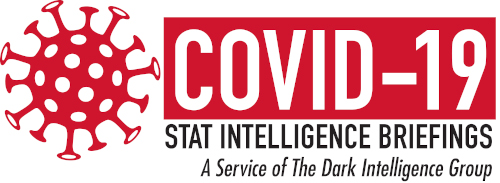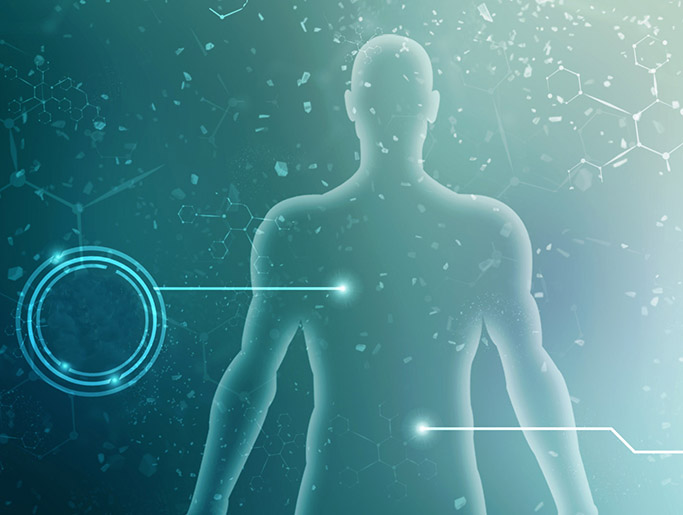Clinical laboratories may be able to provide predictive COVID-19 data by focusing on the viral load of saliva specimens, new study suggests
One component of COVID-19 testing that has been overlooked by clinical laboratories has been the area of viral load. At the beginning of the COVID-19 pandemic almost no clinical laboratories offered viral load testing, and many still do not offer it. Even though testing viral load is easy and may enhance the value that clinical laboratories can offer with PCR testing, this interesting part of COVID-19 testing is still not comprehensively addressed.
Viral load testing was first brought to the COVID-19 STAT Intelligence Briefings Service’s attention as a potential area of interest in COVID-19 testing by Frederick (Fritz) Kiechle, MD, PhD. In August 2020, Kiechle, the Medical Director at Boca Biolistics in Pompano Beach, Florida, and an innovator in the clinical laboratory industry, identified viral load testing as an area “rarely looked at” but potentially important (See Laboratory Expert Identifies Viral Load and Co-infections as Commonly Overlooked Tests for COVID-19 Patients).
Viral Load Testing Still Commonly Overlooked With COVID-19?
“In my mind, viral load is something we’ve sort of overlooked, and companies aren’t pushing,” Kiechle said at the time. “It may be one of those tests that turn into a routine addition to the profile that we’re doing. You can actually do it with the qualitative test that we do, all you have to do is get some mathematics involved and do some additional measurements to figure out a viral load. It’s not impossible; it’s just that it’s additional steps, and not many do it.”
Research released shortly after Kiechle’s advice showed that the SARS-CoV-2 viral load does seem to correlate with disease severity (See SARS-CoV-2 Viral Load in Patients Seems to Be Decreasing Over Time New Research Shows). As this body of research has been expanded on and replicated, however, there have been conflicting reports as to how well disease severity correlates with viral load. While some studies showed strong correlation, others did not. Now, new research may hold the answer for these inconsistent results.
Summary of New Research Into Viral Load With SARS-CoV-2

In a study led by Yale School of Medicine researcher Akiko Iwasaki, PhD, a team of researchers found that viral load is a good predictor of COVID-19 disease severity, but only when the specimen being sampled is a saliva specimen. “Saliva may better represent what is going on in the lower respiratory tract,” stated Iwasaki in a recent article published in Science Magazine. This is because cilia lining the respiratory tract naturally move mucus up from the lungs into the throat, where it mixes with saliva.
The study examined 154 people infected with SARS-CoV-2 and took both saliva and nasopharyngeal (NP) specimens. The study then followed them through the course of their disease process and found that the saliva viral load correlated strongly with disease severity, while the NP specimen viral loads did not.
At the time of publishing this brief, the Yale study is still a preprint. If replicable, however, it does provide the foundation of a strong argument for clinical laboratories to begin focusing on offering saliva-based testing and to examine the viral load for each test. Clinical laboratories may be able to begin providing clinically predictive data for those who have COVID-19, in addition to simply testing for a positive or a negative infection status.

—By Caleb Williams, Editor, COVID-19 STAT






